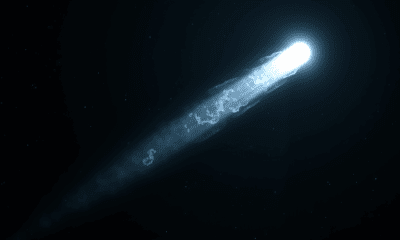

A newly discovered comet, 3I/ATLAS, may be the most ancient visitor ever detected, potentially older than our solar system itself. Unlike previous interstellar objects, this ice-rich...
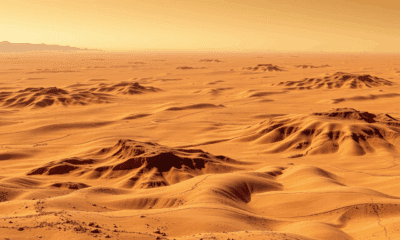

Mars may not have always been the dry and dusty world we imagine. A staggering network of ancient riverbeds, spanning over 15,000 kilometers, has been discovered...
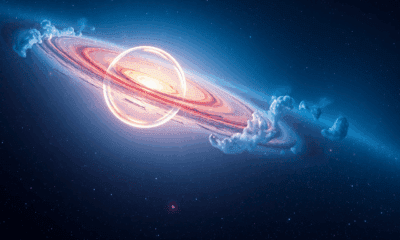

Astronomers using the Green Bank Telescope spotted surprisingly cold, dense hydrogen clouds embedded inside the Milky Way’s vast, super-hot Fermi bubbles—structures thought to be created by...
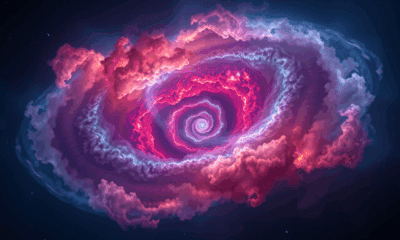

Astronomers studying the remnant SNR 0509-67.5 have finally caught a white dwarf in the act of a rare “double-detonation” supernova, where an initial helium blast on...
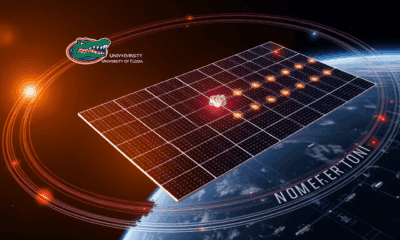

UF engineers, backed by DARPA and NASA, are perfecting laser-forming techniques that let metal sheets fold themselves into giant solar arrays, antennas, and even space-station parts...


Japan’s Himawari weather satellites, designed to watch Earth, have quietly delivered a decade of infrared snapshots of Venus. By stitching 437 images together, scientists tracked daily...
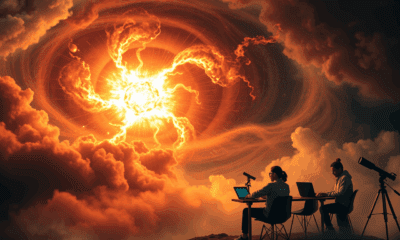

Citizen scientists using the Kilonova Seekers platform spotted a stellar flash 2,500 times brighter than before, allowing astronomers to identify the exploding cataclysmic variable GOTO0650 within...
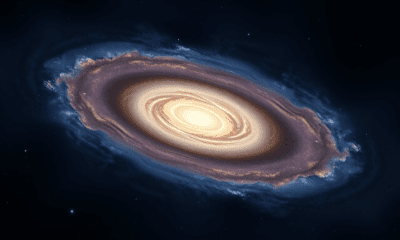

Using the James Webb Space Telescope, scientists spotted thin and thick disks in galaxies as far back as 10 billion years ago—something never seen before. These...
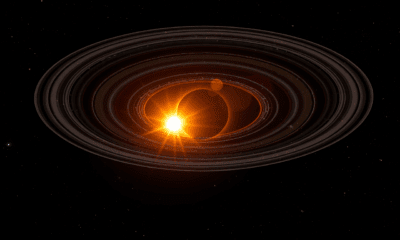

In a stellar nursery 460 light-years away, astronomers sharpened old ALMA data and spotted crisp rings and spirals swirling around 27 infant stars—evidence that planets start...
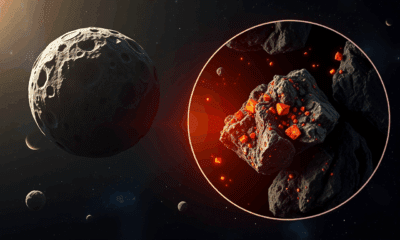

A surprising discovery from a tiny grain of asteroid Ryugu has rocked scientists' understanding of how our Solar System evolved. Researchers found djerfisherite—a mineral typically born...